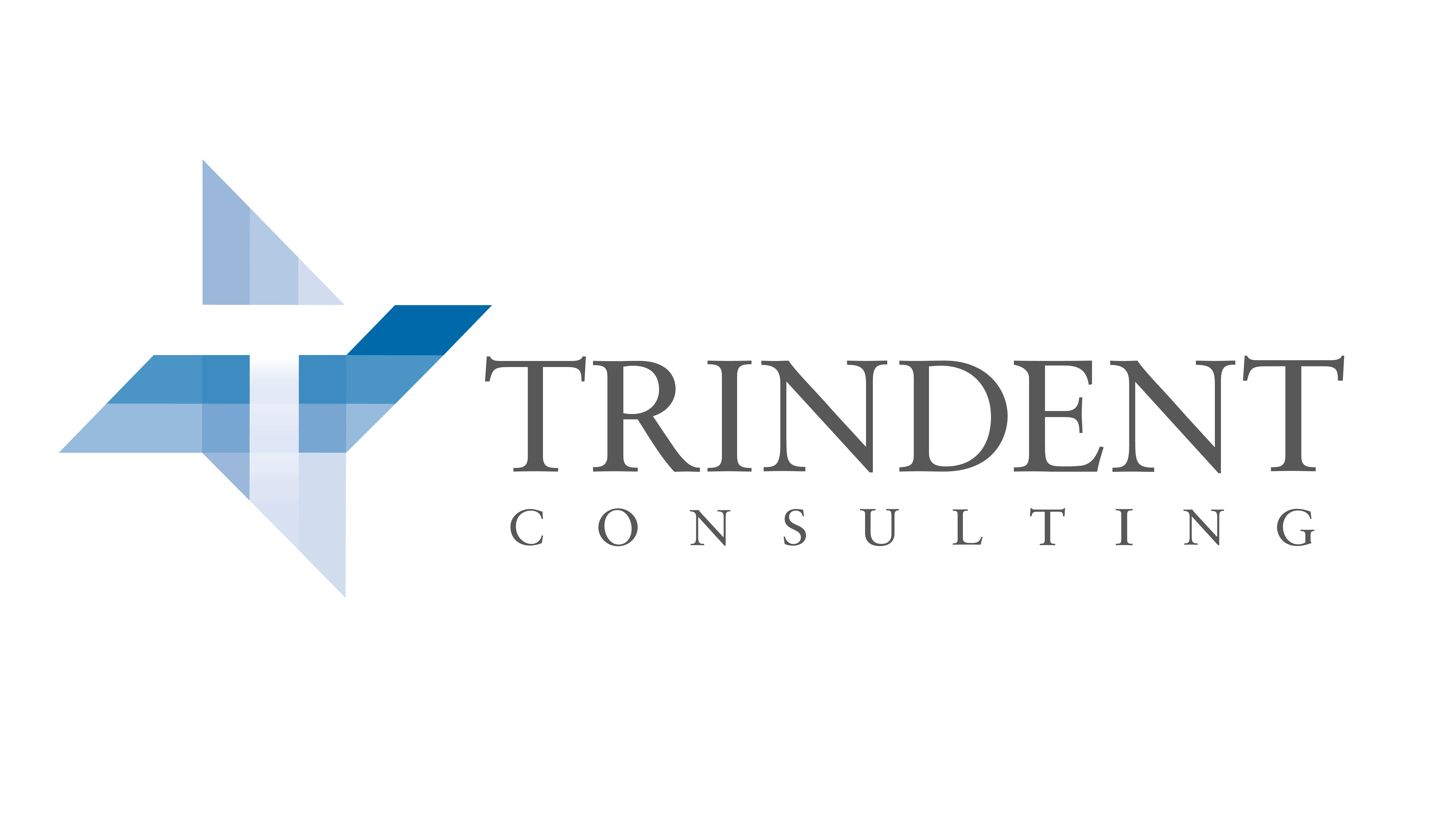How An Active Management Drives Sustainable Improvements

Implementing improvement is necessary, but can be a difficult, costly, and grueling process. Companies pay consultants to assist them in improving critical processes but forget to focus on what happens after the consultants leave. They neglect to teach managers the essential skills to drive sustained profitability from changes that were implemented.
Why does this make a difference? Because even the most efficient processes and best operating systems must be actively managed to drive sustainability.
Are You Training Your Managers? Is That Management Training Structured and Active?
Active management is the key to post-implementation sustainability, but active management must be built though a specific structured methodology to be effective.
“Active” Managers are managers, supervisors and other leaders in a company that drive exceptional results through the talents of other people. In working with our clients, Trindent develops the Active Manager by training six behaviors interwoven throughout an engagement in a specific order supporting sustainability and driving profit:
- Clear Communication: Communicating expectations is the foundation for successful engagement sustainability. Good leaders clearly outline the goals of the organization and how each staff member can contribute to their team achieving those goals.
- Follow up: A manager who holds others accountable, uses regular check-ins to ensure performance, addresses variances when necessary, and has a keen awareness of Parkinson’s Law - work expands to fill the time available for its completion – is essential to sustainability. Active management training stresses effective follow-up as the next building block for sustainable engagements.
- Feedback: Providing feedback is the next step in building structured sustainability. Trindent trains supervisors use every opportunity to provide others with constructive feedback – whether to praise good work or correct mistakes – to encourage learning and growth. The effectiveness of feedback increases when it’s personal, specific, and timely.
- Coaching: Being able to coach your teams is imperative to sustaining change. Active managers should coach skills gaps, teach others how to do their job with proficiency, develop all staff for their next challenge, and train members of their team to train others.
- Solve problems and alleviate barriers: Once the first four concepts are in place, an active manager is taught skills to effectively solve problems and alleviate barriers. Ultimately, the value of a manager is the additional performance they can create in a team. This requires learning the tools for removing roadblocks, identifying hurdles, brainstorming solutions, and implementing change.
- Report of Performance: Finally, an active manager must report on performance to ensure the profitability of a process or performance change has been sustained. They must use objective data (both quantitative and qualitative) to communicate to others, explain trends, and make decisions for business improvement.
Conclusion
Providing training on newly implemented processes and tools is inadequate to ensure sustainability. Any engagement must also include a structured approach to training leadership to actively sustain the desired outcomes. Successful programs employ training building blocks integrated into the process and tools to develop a synergy between system and management. Leadership is the foundation of sustainability and building active management training with a solid structure and integrated purpose is essential.
Click here to learn more about Trindent Consulting and how to build structured active management training to support sustainability.

